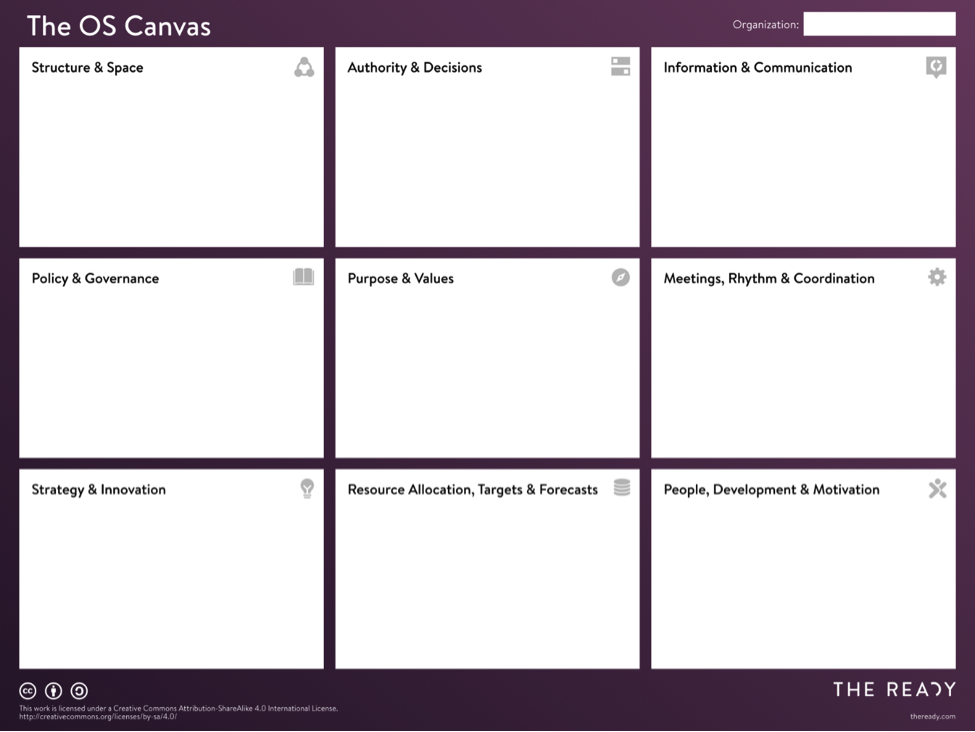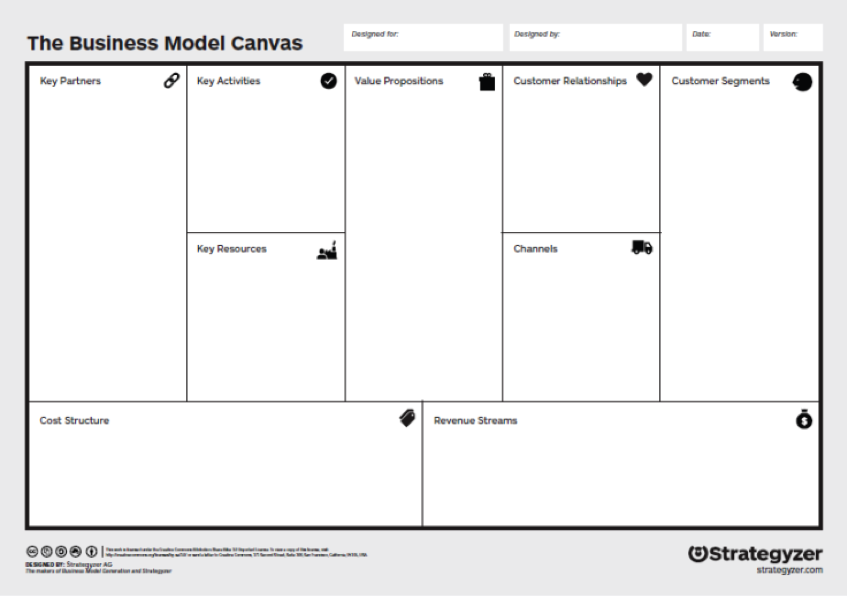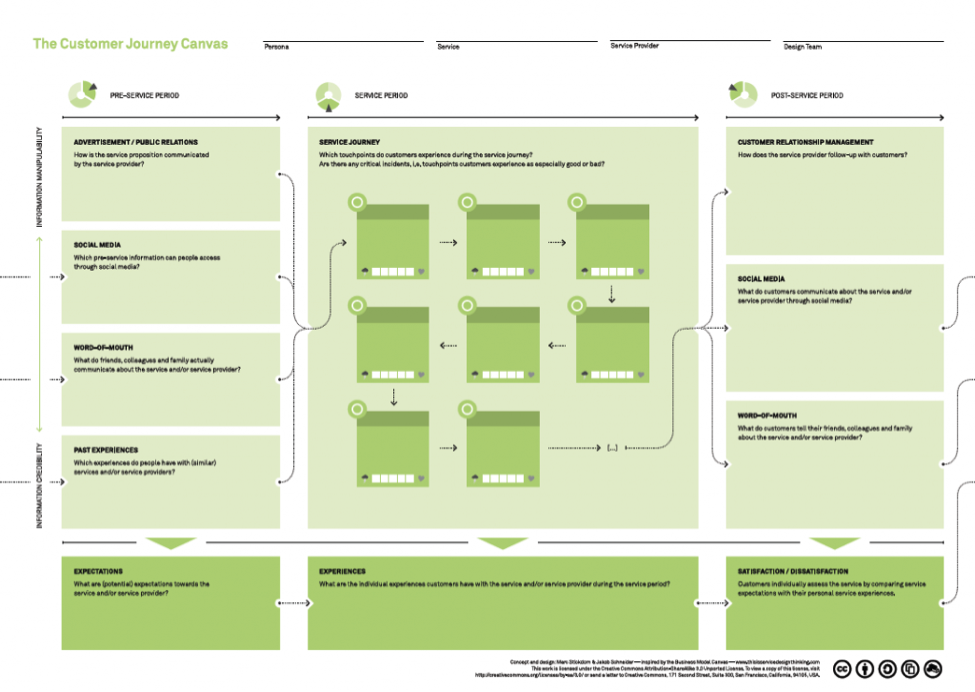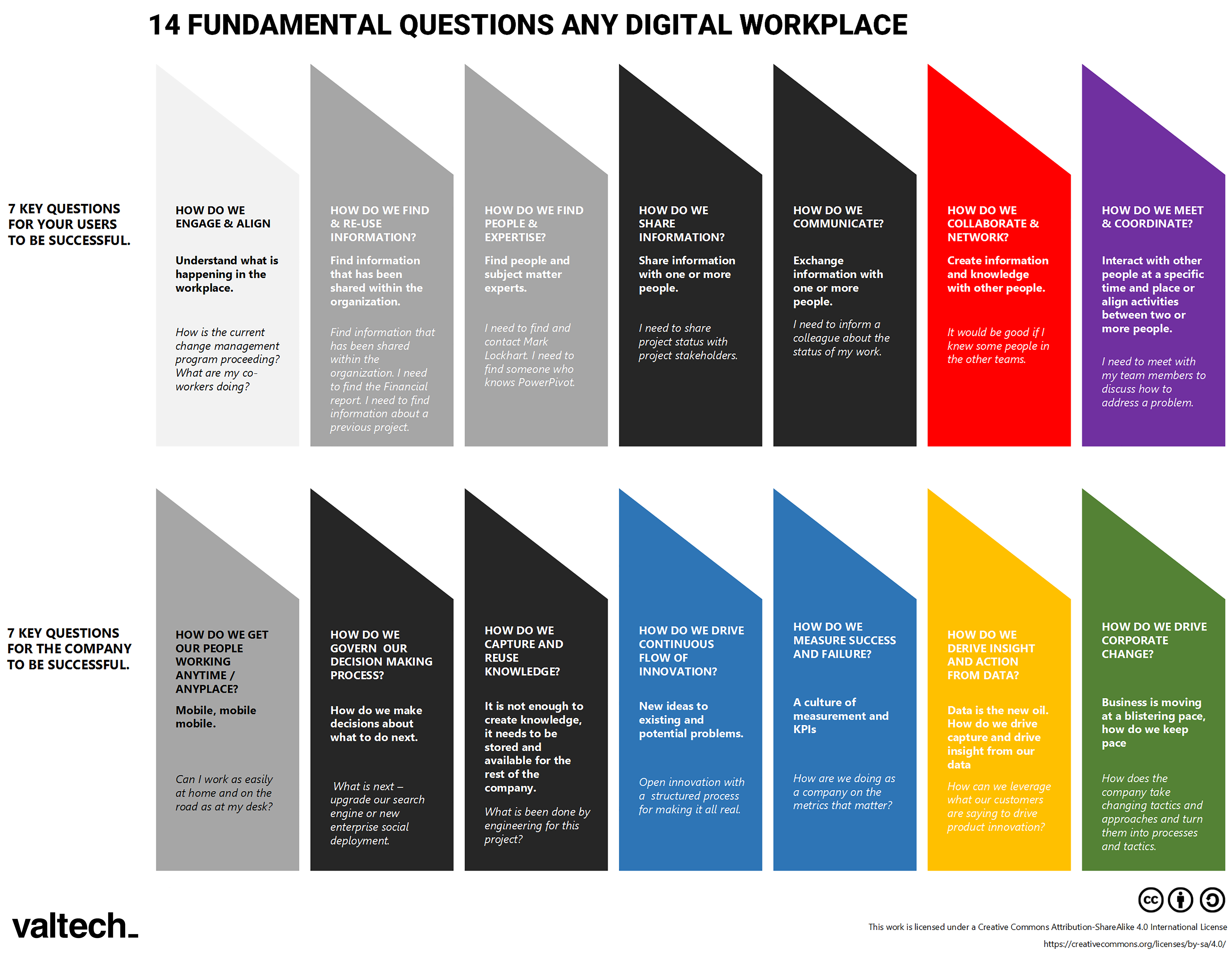“I’m having a digital transformation right now”, said Tim Malbon of Made by Many – describing something akin to a marketing-induced seizure. “Imagine someone grabbed hold of one end of the Gartner Hype Cycle and scraped all of the emerging technologies off it — like passing it through the teeth of a nit comb and catching all the hype in a blender. The viscid liquid that comes out at the end would be the elixir of purest technology hype. That’s ‘Digital Transformation’.”
Malbon’s article on Medium utterly skewers and deflates the hype associated with digital transformation. It’s a brilliant and very funny read. And yet, after viciously peeling back layers of vendor propaganda, he admits to being a “total believer.” His point: “digital transformation” needs to be called something, but it is not about “digital” or “technology” at all; the real challenge lies in adapting management practices, business models and culture towards operating in the age of informational abundance.
Importantly, he highlights the lack of true, practical information beyond the “whys” of digital transformation – precious little exists about the “how.”
Going beyond the whys: 5 worksheets to put to the test
This week, another piece of the “how” puzzle made its way into my inbox.
1. The OS Canvas
The Ready, a firm that describes itself as a “change federation dedicated to preparing organizations for the 21st century,” released a worksheet designed to get at the levers of organizational dynamics in the digital age. The OS Canvas, attempts to distill operations into a 3 x 3 matrix.
Ambitious.
… And, at first glance, maybe a little much to try and squeeze onto something the size of a sheet of paper. (Even a really, really big paper.) In explaining how to use it, however, author Aaron Dignan touches on many of the most critical operational questions facing companies today. My bet is that putting it to use – using his framing questions - would yield terrific insights into current practice and highlight opportunities for introducing more modern approaches.

“The OS Canvas” by Aaron Dignan is licensed by CC 4.0
2. Business Model Canvas
The OS Canvas complements and draws inspiration from The Business Model Canvas. Developed by Alexander Osterwalder and Yves Pigneur, The Business Model Canvas is both the subject of the 2010 book Business Model Generation and a critical tool for dissecting and designing models of value creation. For those wishing to reap the exponential rewards of platforms or change the world through open source, the Business Model Canvas and the accompanying book offer a practical means of cooking up a functional recipe.

“The Business Model Canvas” by Strategyzer AG is licensed by CC 3.0
3. The Culture Map
There are many who say that the future of work should be more intrinsically satisfying for its participants. Indeed, the employee experience is a key area of focus amongst many forward-thinking firms. How can you break down organizational silos? Foster creativity and innovation? Deepen engagement? Grease the wheels of collaboration? Retain the best talent?
You can’t really delight your customers when your workforce is disgruntled.
The Culture Map is the brainchild of Dave Gray’s firm xPlane and Alex Osterwalder, Yves Pigneur, Alan Smith and Chris Finlay. The intent behind the worksheet is to help “assess, map and transform” corporate culture. It’s never overtly named as a tool for digital transformation, but if you’re staring down the barrel of the disruption-gun, you’ll need to rally the workforce like never before.
The worksheet and accompanying usage guides can be found here.
4. The Customer Journey Map
Digital technologies have, for many industries, transformed the supply of goods and services from the scarce to the abundant. Consumers are faced with a myriad of choice and possess the capacity to instantaneously share knowledge across the globe. For many sectors, this heated competitive environment means an ongoing pull towards commoditization as the cost of duplication of digital goods and services approaches zero (and as products and services that were once considered analog are pulled into the digital fray.)
Relentless customer centricity is seen as a means of retaining customers and hopefully averting the pull along the spectrum from the bespoke to the commoditized. The more you can deliver exceptional, differentiated experiences and delight the customer across the arc of engagement, the better chance you have of retaining loyalty.
The Customer Journey Canvas was published as part of the 2012 book, This is Service Design Thinking, assembled and edited by Marc Stickdorn and Jakob Schneider along with a collective of design thinkers and business professionals. It’s useful in pinpointing the junctures in the customer relationship where the experience goes very well, where there are gaps and where the experience disintegrates. We’ve also found it useful when adapted to exploring elements of employee experience.

“The Customer Journey Canvas” by Mark Stickdorn and Jakob Schneider is licensed by CC 3.0
5. Is there really no room for digital technology in digital transformation?
Culture, business model, customer interactions and employee experience are all crucial pieces of the digital transformation puzzle but I don’t take as dramatic a stance on technology as Tim Malbon in his article. (And given his line of work, I suspect maybe he doesn’t either.)
It’s important to understand how specific technologies shape economies and markets. How they can alter the performance of a company. How the design of digital tools can frustrate or delight customers and employees… and provide the all-important competitive edge. Overlooking the technological influence would be as great a misstep as overemphasizing it.
Sensing the same gap in real-world case studies as Malbon, and grappling with the meaning of digital transformation, I started making my own way through the Fortune 500. I examined and catalogued business models, governance structures, key product and service innovations, sources of operational efficiency. It’s been an ongoing curiosity for the last few months. My approach hasn’t been terribly scientific but across the top-performers, it is challenging to disentangle the technology from everything else. Technology and business have become inextricably intertwined - difficult, if not impossible, to look at one side without the other. To me, the effort also underscored that digital transformation isn’t really a universal thing.
There is room to explore the technological angle without getting carried away with over-eager solutioning or vendor-induced hysteria. Red herrings will inevitably arise, but arguably, there is a risk of this across all facets of transformation.
Shannon Ryan helps organizations explore the fine line between operations and technology with his 14 fundamental questions for the new digital workplace.






